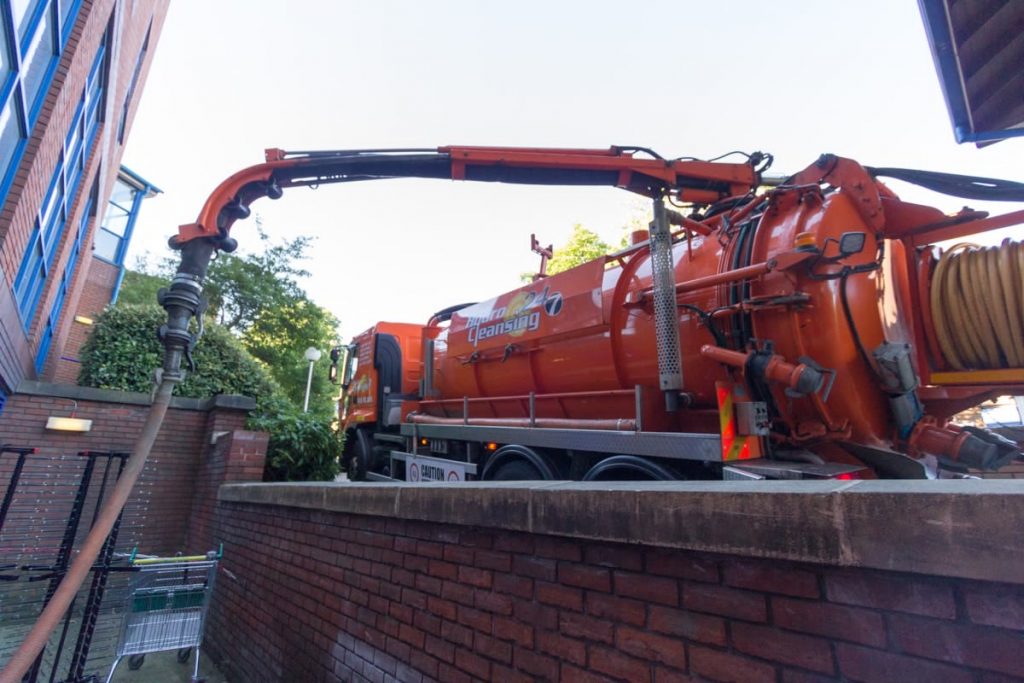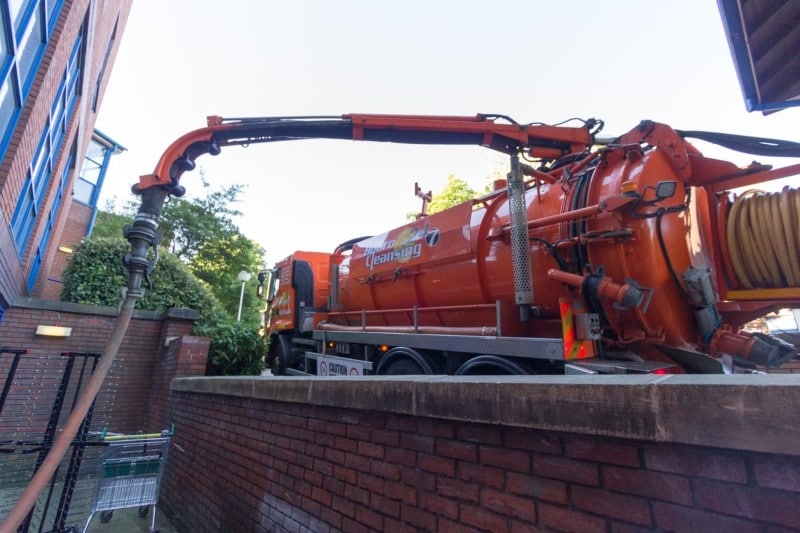
For the longest time, the food processing industry has been seen as a major cause of FOG overflow. FOG overflow only happens where the food processing plant owner fails to adhere to the grease ordinance or if the grease trap installed is not well-maintained. The established ordinance aims to protect the sewer pipes and the entire wastewater treatment facility to avoid environmental problems. The ordinance mandates the owners of the food processing plants to have a permit for the grease trap that they install within their premises. The wastewater that enters the grease trap should not exceed 130 degrees Fahrenheit. Any hotter would result to the emulsification of the FOG.
When the FOG emulsifies, it easily mixes with the untreated effluent. It then travels through the sewer pipes and cools down. Once cooled, the FOG hardens and sticks to the pipe walls, blocking the initial direction of the wastewater and making it back up into the food processing plant vicinity and onto the surrounding living environment. Health and environmental dilemmas affect the local residents, flora, and fauna. There’s even damage to property because of effluent flooding. If the food processing plant owners adhere to the grease ordinance, then their food processing facilities will function better with much more regard to health and the environment.
Food processing plant grease trap chemicals are initially what are thought of as the best helpers to eradicate the heavy FOG accumulation in the grease trap. This may be because of the corrosive nature of chemicals. But to the untrained eye, the chemicals may just seem to be effectively melting the FOG, eliminating it from the grease trap system. The sad truth about this is that the food processing grease trap chemicals just emulsify the FOG, allowing it to mix up with the untreated wastewater. In an emulsified form, the FOG easily travels through the sewer pipes. There, it cools down and eventually sticks to the pipe walls. As more and more FOG enters the pipes, the thicker the solidified FOG becomes. Complete blockage happens, directing the wastewater to back up into the food processing facilities and onto the surrounding environment. Instead of making things a lot better, food processing plant grease trap chemicals just make things worse for the plant owners, plant management, the consumers, and the environment.
To enable effective and safe maintenance of the food processing plant grease trap, bacteria should be used. These prehistoric, naturally-occurring, primitive microorganisms break down the FOG, solid wastes, and other contaminants without polluting the environment. They even remove the nasty odors of the grease trap. The process of bioaugmentation uses a selected strain of bacteria while the process of bioremediation uses friendly and non-pathogenic bacteria.
Using food processing plant grease trap chemicals is not the best idea to realize. If the handler of these grease trap chemicals is not careful enough, he or she could have chemical burns. The fumes are not to be disregarded as well. Enzymes are just like these chemicals. They also emulsify the FOG and help it blend faster with the untreated effluent in the sewer pipes.
If the food processing plant management decides to use bacteria in cleaning the grease trap, many options are already in the market. The choice depends on preference and budget. There are bacteria pumps, bacteria blocks, liquid bacteria, grease trap tablets, and powdered bacteria. The latest among these products is the grease trap tablet that contains active oxygen, aerobic bacteria, buffers, and nutrients that completely cleans up the grease trap at an accelerated rate. With bacteria, food processing plant owner can be assured of longer service and avoidance of aggravating environmental lawsuits.
